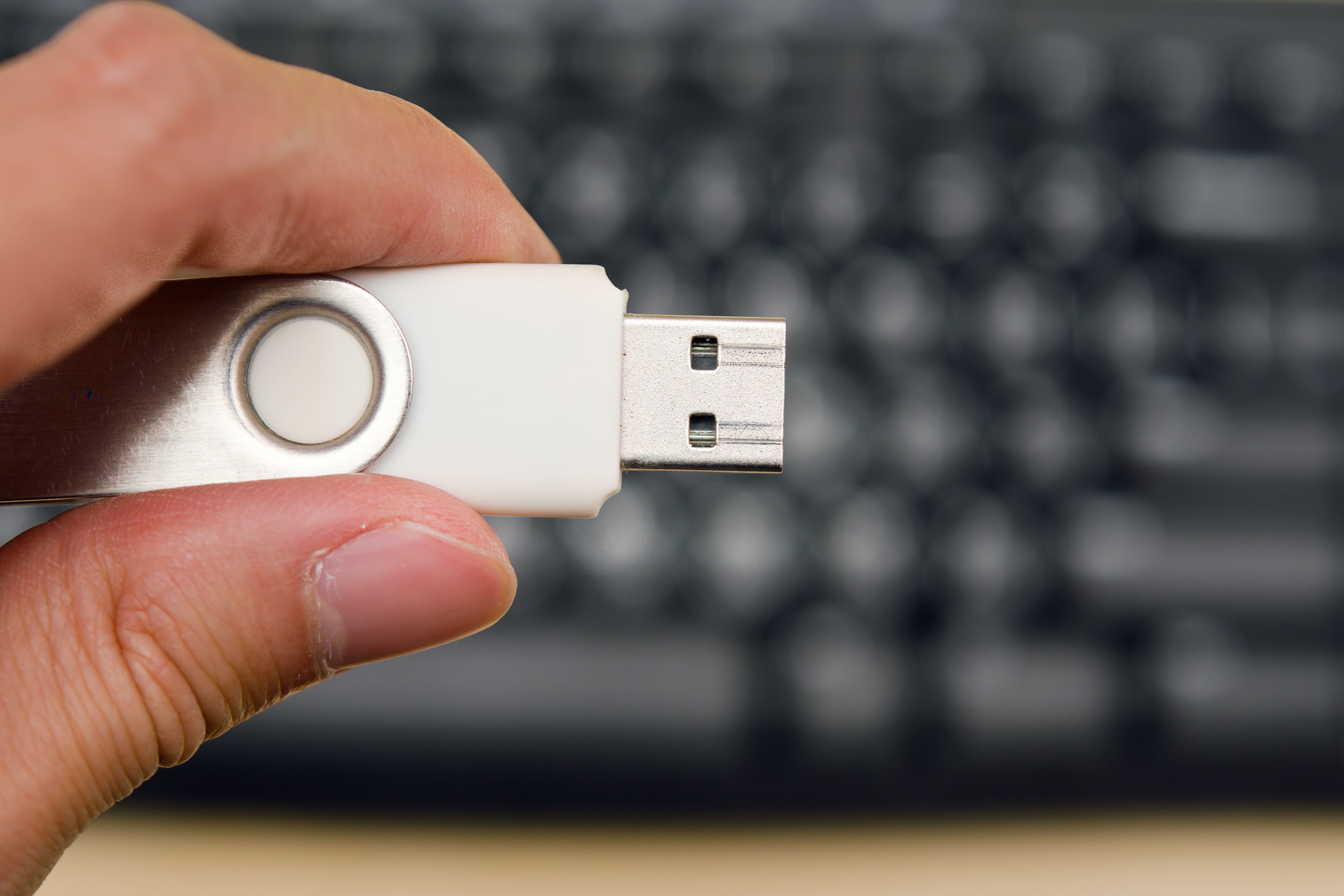Few people realize how old electronic music truly is. The theremin was one of the first true electronic musical instruments, foreshadowing not only a brand new way of playing music but also the increasingly popular gesture-based interaction we see emerge in many areas today (it was perhaps the only instrument you could play without touching it). After a lot of fumbling and experiments, electronic music suddenly gained legitimacy (and popularity) with the emergence of a handful of pioneers melding pop music and novel instruments and noise-making tools of all kinds. It’s interesting to note that most of its pioneers were trained in traditional musical instruments but found them insufficient to express their new views on music. At the same time, the role of electricians and engineers behind the scenes of the greatest concert tours has grown exponentially ever since.
Over the years, the tools used by electronic music artists have become very diverse – and smaller by the year. The roles of tape-based sequencers and massive synthesizers, as well as the role of traditional instruments like keyboards, guitars, and drum kits were taken over by touchscreens and software. At the same time, the live performances have changed significantly as well. While there are still more than enough “traditionalists” that actually play their instruments and sing while on the stage, lip syncing and playing a pre-recorded set while shouting meaningless but well-sounding words in a microphone are becoming increasingly widespread. Thus, with a bit of indulgence, laptops and thumb drives have become the go-to musical instruments for some performers. And by next year, this transition will be made official.
One of the first publications to classify launchpads, thumb drives, laptops, and all the software tools that come with them, musical instruments, will be the new and revised edition of Robert Dearling’s “The Ultimate Encyclopedia of Musical Instruments”, set to be released exclusively as an ebook in the coming years. The last edition of this amazing book was printed in 1996 when electronic music was all the rage but still not as widespread as today when garage bands fit into the pockets of bored but creative teenagers. The book will be expanded with further chapters covering novel instruments ranging from iPhones to MacBooks, and software ranging from Microsoft’s Voice Recorder included with Windows 10 to professional music production tools like Ableton, Reason, and Cubase. The performers relying extensively on these tools will be officially allowed to claim their performance is “live” even if it consists of nothing but pressing “Play” on a pre-recorded DJ set they carry around on a thumb drive in their pockets.

